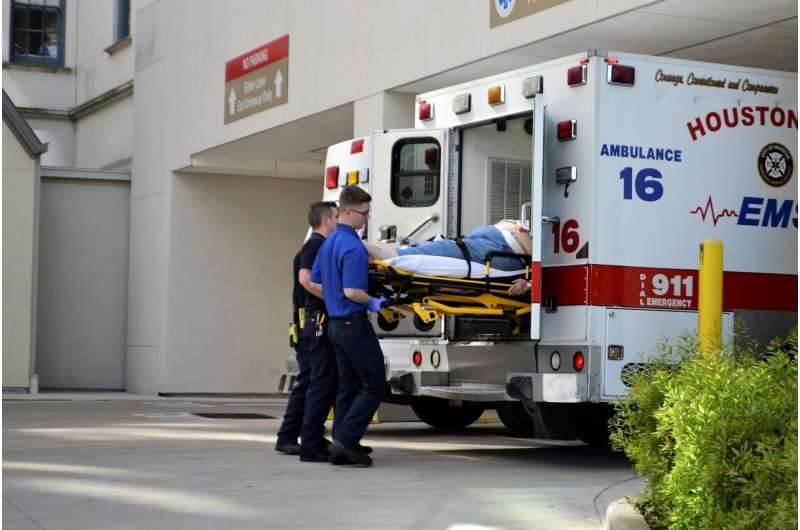
A team of scientists from Loyola University Chicago’s Stritch School of Medicine have discovered a critical component for renewing the heart’s molecular motor, which breaks down in heart failure.
Approximately 6.2 million Americans have heart failure, an often fatal condition characterized by the heart’s inability to pump enough blood and oxygen throughout the body. This discovery could represent a novel approach to repair the heart.
Their findings, published in the May 19 issue of Nature Communications, show how a protein called BAG3 helps replace “worn-out” components of the cardiac sarcomere. The sarcomere is a microscopic structure inside every heart muscle cell that causes it to contract. All the cells then work together to make the heart pump blood around the body.
“While the heart has to beat every second of every day of your life,” explained Senior Investigator Jonathan A. Kirk, Ph.D., associate professor, Stritch, “the microscopic engine powering contraction is under a lot of stress and the proteins that comprise it must be replaced with new ones every couple days or weeks,” he said.
How the sarcomere is renewed has long been a mystery. “Imagine taking your car to have the engine repaired but you cannot stop driving. It would be a sophisticated and complicated process,” Kirk explained.
The team found that BAG3 anchors to the sarcomere and coordinates a process where old proteins are “chaperoned” out of the sarcomere to be degraded by the cell. Patients with heart failure have a loss of sarcomere-anchored BAG3, resulting in a buildup of worn-out, dysfunctional components. Measuring force produced by individual heart cells from these patients, the team discovered that patients with the lowest levels of BAG3 had the weakest cells.
“These findings show an important, fundamental mechanism of protein renewal in the heart, and serves as exciting insight into the development of better treatments for heart failure in humans,” said Meharvan Singh, Ph.D., vice provost of research at Loyola and professor, Department of Cell and Molecular Physiology at Stritch.
These results suggest that restoring BAG3 levels in the sarcomere could strengthen the heart as a potential treatment for heart failure. To test that hypothesis, the researchers surgically induced heart failure in mice. After two months of severe dysfunction, the team delivered BAG3 gene therapy which renewed the sarcomere and restored its ability to contract at healthy levels.
Source: Read Full Article
